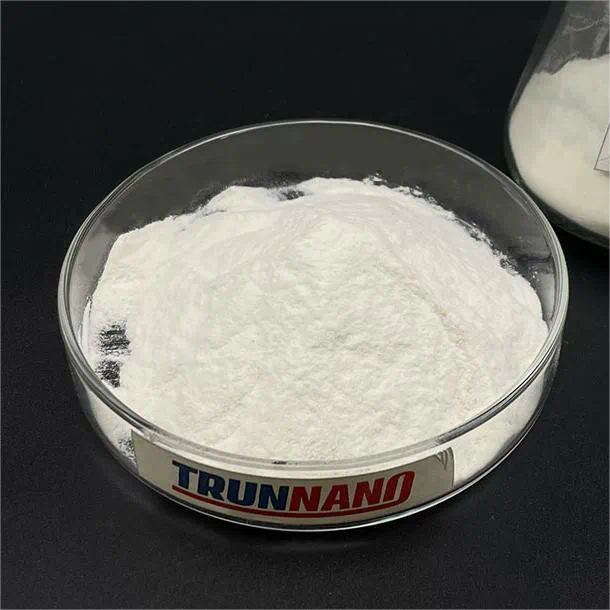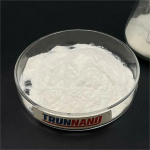Innovative Applications of Spherical Tungsten Powder in Advanced Manufacturing
The realm of advanced manufacturing is undergoing a significant transformation, driven by the integration of novel materials and cutting-edge technologies. Among these materials, spherical tungsten powder stands out for its unique properties and versatility. As industries strive to enhance performance, reduce weight, and improve efficiency, the applications of spherical tungsten powder are expanding rapidly. This article delves into the innovative uses of spherical tungsten powder, exploring its characteristics, advantages, and the impact it has on various manufacturing processes.
Characteristics of Spherical Tungsten Powder
Spherical tungsten powder is produced through sophisticated techniques such as gas atomization or plasma atomization. This results in the formation of fine powder with uniform spherical shapes, which significantly enhances flowability and packability compared to irregularly shaped powders. The unique morphology of spherical tungsten powder facilitates better mixing, sintering, and compaction during the manufacturing process.
Tungsten, known for its high density, melting point, and thermal stability, offers exceptional mechanical properties. The use of spherical tungsten powder allows manufacturers to exploit these characteristics to create components that can withstand extreme conditions. Additionally, tungsten’s resistance to corrosion and wear makes it an ideal candidate for applications in harsh environments.
Advantages of Spherical Tungsten Powder in Manufacturing
One of the primary advantages of using spherical tungsten powder is its ability to enhance the performance of end products. When incorporated into metals and alloys, it increases their hardness and strength, making them suitable for demanding applications in aerospace, automotive, and tooling industries. Furthermore, the uniform particle size distribution ensures consistent properties in the final products, which is critical in applications requiring precision engineering.
Another significant benefit is the improved manufacturability of components. The spherical shape of the powder enables better flow during the additive manufacturing process, resulting in fewer defects such as porosity or uneven surfaces. This is particularly important in techniques like Selective Laser Melting (SLM) and Electron Beam Melting (EBM), where powder quality directly affects the integrity of the printed parts.
Applications in Additive Manufacturing
Additive manufacturing, or 3D printing, has revolutionized the way products are designed and produced. Spherical tungsten powder plays a crucial role in this sector, enabling the creation of complex geometries that were previously impossible to achieve with traditional manufacturing methods. For instance, in the aerospace industry, components such as turbine blades and structural parts can be fabricated with intricate internal cooling channels, enhancing efficiency and performance.
Moreover, the use of spherical tungsten powder in additive manufacturing allows for significant weight reduction without compromising strength. This is critical in the aerospace and automotive sectors, where every gram saved translates into improved fuel efficiency and performance. The ability to produce lightweight yet robust components positions spherical tungsten powder as a game-changer in these industries.
Utilization in Metal Injection Molding
Metal Injection Molding (MIM) is another advanced manufacturing process where spherical tungsten powder has found significant application. MIM combines the benefits of injection molding with those of metalworking, enabling the production of complex and high-precision components in large volumes. The spherical nature of tungsten powder Graphene enhances feedstock flow, allowing for efficient filling of molds and reducing cycle times.
In MIM, tungsten powders can be blended with various binders to achieve desired properties. This flexibility permits the production of intricate parts for diverse applications, including medical instruments and automotive components. The high-density and strength characteristics of tungsten make it particularly suitable for components subjected to high stress and wear.
Impact on the Aerospace Industry
The aerospace industry is one of the most demanding sectors when it comes to material requirements. Components must be lightweight, durable, and capable of performing under extreme conditions. Spherical tungsten powder meets these needs, opening doors to innovative designs and manufacturing techniques.
For example, spherical tungsten powder can be utilized in the production of radiation shielding materials for spacecraft. Given tungsten’s high density, it provides effective protection against harmful radiation, ensuring the safety of both equipment and crew. Additionally, the powder’s properties allow for the development of parts that can withstand high temperatures and pressures during flight, thereby enhancing overall performance and safety.
Advancements in Tooling Applications
Tooling applications represent another area where spherical tungsten powder demonstrates its value. Tungsten carbide tools, often used in machining processes, benefit from the incorporation of spherical tungsten powder. The enhanced hardness and wear resistance contribute to longer tool life and improved performance in cutting operations.
Furthermore, the ability to produce complex tool geometries through additive manufacturing techniques means that customized tools can be created for specific applications. This not only reduces lead times but also minimizes waste, contributing to more sustainable manufacturing practices.
Challenges and Considerations
While the advantages of spherical tungsten powder are evident, there are challenges associated with its use. One of the primary concerns is the cost of tungsten, which can be significantly higher than other common metals. This may limit its adoption in certain applications where budget constraints are a factor. However, the long-term benefits of using tungsten, such as increased durability and reduced maintenance costs, can justify the initial investment.
Additionally, handling and processing tungsten powder require careful consideration due to its dense nature. Manufacturers must implement precise control measures to ensure uniformity and quality throughout the production process. Proper training and equipment are essential to mitigate risks associated with dust inhalation and material handling.
Future Prospects and Innovations
The future of spherical tungsten powder in advanced manufacturing appears promising. Ongoing research and development efforts are focused on improving powder production techniques to further enhance the quality and properties of tungsten powders. Innovations in processing methods, such as hybrid manufacturing approaches that combine additive and subtractive techniques, hold the potential to expand the scope of applications.
Moreover, as industries increasingly prioritize sustainability, the role of tungsten powder in creating environmentally friendly solutions will gain traction. Efforts to recycle and reuse tungsten materials can help minimize waste and reduce the environmental impact associated with mining and processing.
Conclusion
Spherical tungsten powder is poised to play a pivotal role in the evolution of advanced manufacturing. Its unique properties, combined with innovative processing techniques, enable the creation of high-performance components across various industries. From aerospace to tooling applications, the versatility of spherical tungsten powder offers numerous opportunities for manufacturers seeking to enhance product performance and efficiency.

As advancements continue to unfold, the potential applications for spherical tungsten powder will expand even further. With a focus on sustainability and innovation, this remarkable material is set to redefine the boundaries of what is possible in advanced manufacturing, establishing itself as an indispensable asset for future technological endeavors.
https://ortumeta.com/
